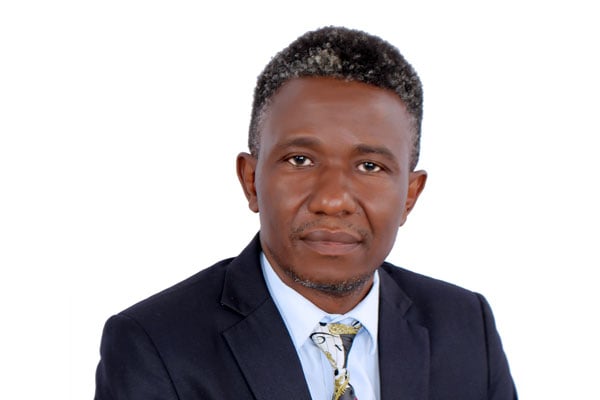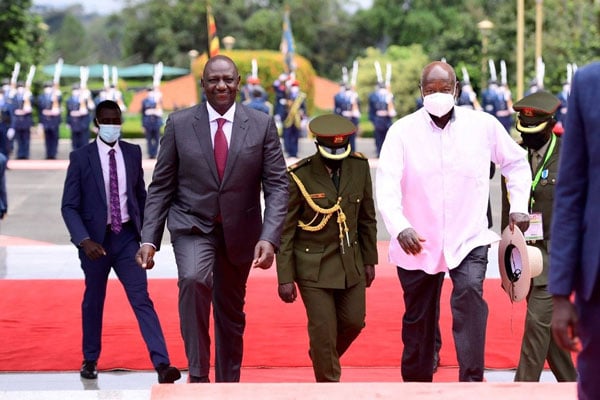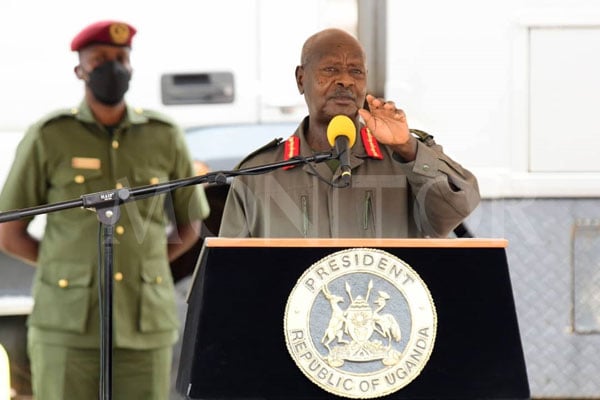Prime
Uganda @60: No peace, friendship with neighbours – we’ve fought all of them

Author: Gawaya Tegulle. PHOTO/NMG
What you need to know:
‘‘Talking of DRC, it has probably been Uganda’s favourite battlefield”
It is at the funeral of the newly dead that we weep for those that died before. The recent diplomatic incident between Uganda and Kenya orchestrated by twitter threats of former Commander of Land Forces, Gen Muhoozi Kainerugaba, to attack and annex Kenya presents a good opportunity to recall something many people may have forgotten by now: Uganda and Kenya have flexed muscles before, with bloody consequences.
On December 14, 1987, Uganda and Kenya did exchange fire around Busia – a town astride the common border – for several days, after Ugandan troops, Kenya said, made incursions into Kenya. On the third day it was all bloody after Ugandan forces attacked a police station at Adongosi, two miles inside Kenya. The human life lost overall (depending on who you believe, since truth is the first casualty of war) would be anywhere between four (said President Museveni of Uganda) and 26 (as per former president Daniel arap Moi of Kenya) on the Ugandan side, while the Kenyans seem to have remained intact.
Up north, Uganda, for several years engaged Sudan; a highly complex conflict because it had an undercurrent of a byzantine proxy-war: Sudan, under Omar el Bashir supporting Joseph Kony’s Lord’s Resistance Army (LRA) to undermine the new government in Kampala, apparently because Kampala was supporting Col John Garang’s Sudanese Peoples Liberation Army (SPLA) against Khartoum. Belligerents were economical with the truth; but what is certain is that Sudanese prisoners of war were held in Uganda for several years.
To the south, we have had two major engagements. We can ignore the 1972 failed invasion of Uganda by Ugandan exiles in Tanzania, since that really was a Ugandan affair. Let’s dwell on the broader one – the October 1978 invasion of northern Tanzania by Idi Amin, resulting in the capture of the Kagera Salient – the area between River Kagera and the border with Uganda. Amin declared it duly annexed to Uganda. Ugandan soldiers did all the usual havoc – destruction of infrastructure, killing of people and looting of merchandise, which the soldiers poured onto the Uganda market. Amin turned out to be the proverbial fly that ignored all prudent advice and followed the corpse to the grave. Tanzanian president Julius Nyerere launched “Operation Chakaza” which beat up and beat back the invading Ugandan troops and he then backed Uganda exiles to depose Amin on April 11, 1979.
Fighting Rwanda has been two-fold. First, the invasion of Rwanda by Rwandan exiles in Uganda, as everyone knows, started in Uganda. But on occasion, when the going got tough, from time to time, Ugandan troops provided back-up to the Rwandese Patriotic Front (RPF). It was reciprocity at play, since most of the RPF had originally fought alongside Museveni in Luweero, helping him take power in 1986. That’s why it shocked people to see the two brother armies fight like strangers, in three separate battles in Kisangani, DR Congo, between August 1999 and June 2000. Rwanda drove Uganda out of Kisangani.
And talking of DR Congo, it has probably been Uganda’s favourite battlefield. Uganda prominently featured in the First Congo War (1996-1997), working with Rwanda and Congolese exiles to depose Mobutu Sese Seko and paving the way for Laurent Desire Kabila to take power. Then in a bizarre twist of events, Uganda was again prominent in the Second Congo War (1998-2003) which directly featured nine African countries and 25 armed groups, hitting each other ferociously. Uganda was with Rwanda and Burundi, trying to dethrone Kabila. On the other hand, DR Congo was assisted by Angola, Namibia, Zimbabwe, Chad and Sudan. Indirectly, Libya and Central African Republic sided with DR Congo; while politically, South Africa, Zambia and Tanzania stood with DR Congo. These dynamics earned the conflict the nickname of “African World War”; but with this came the dubious distinction of being the bloodiest conflict in the world, since World War II.
After 60 years of independence, even though the second stanza of Uganda’s national anthem alleges “…and with neighbours all, at our country’s call, in peace and friendship we live”, the truth is that the evidence on the table doesn’t support such claim. We have lived by the sword.




